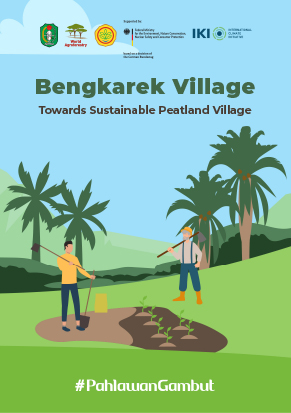From the creation of the State of Cameroon in January 1960 until January 20, 1994, the management of Cameroon’s forest estates was centralized within the govern- ment. Cameroon’s citizens residing in the forest belts enjoyed access and control rights as traditional users only. This situation has been largely maintained by repressive and dissuasive measures with traditional activities limited to the use of certain forest resources mainly for subsistence. Official titles for forest development and exploita- tion w ere often granted without consultation at the local level. The situation has been the same in the recent classification of forest domains into parks or reserves of fauna and flora. The forest policy of Cameroon during this period had little consideration for the prospects of livelihood-linked sustainability and did not encourage communi- ty e nte rprise based on the sustainable mana ge me nt of forest resources.
DOI:
https://doi.org/10.5716/WP15128.PDF
Skor altmetrik:
Jumlah Kutipan Dimensi:


















